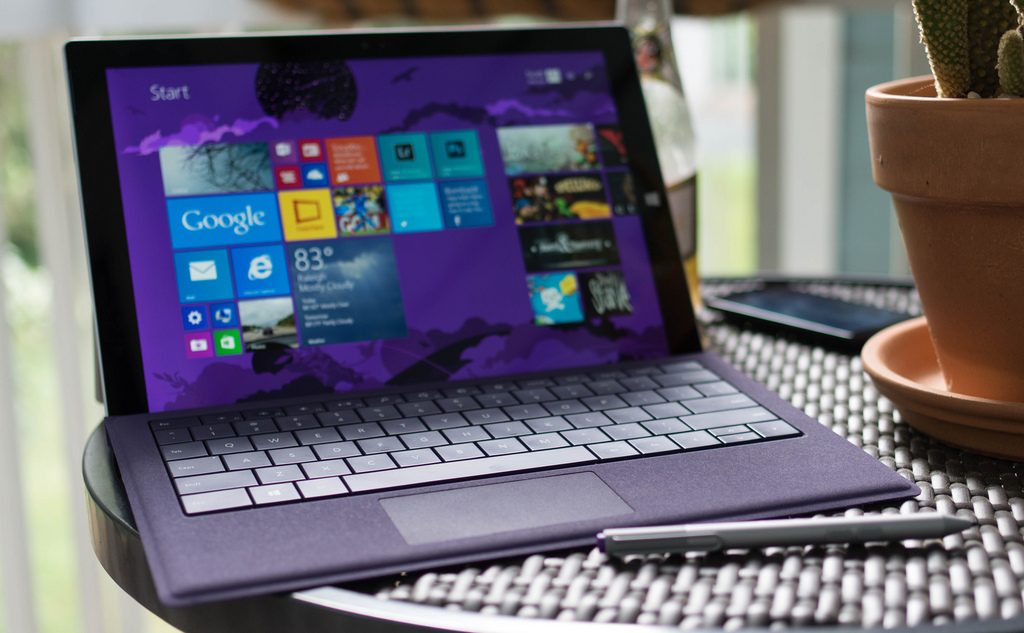At the beginning of October 2016, LEaD loaned a touchscreen tablet and stylus to Professor Keith Pullen to enable him to provide hand-written notations and feedback on online assignment submissions. Keith is a Professor of Energy Systems, who teaches Part 4 Design for Mechanical Engineering students. The students on the course are required to produce design reports with images and drawings, which then have to be marked up by hand.
On the whole Prof. Pullen said the new process saved him considerable time and cost, which is great news for subjects that rely on hand-written feedback and corrections while using online submissions. However, the technology and workflow are not yet perfect and the solution will continue to be refined.
The previous requirement for students to submit a colour hard copy of their assignments meant that printing costs were incurred, as well as there being an environmental impact. Furthermore, after being marked the reports had to be scanned and uploaded to Moodle; that amounted to around 1,500 sheets for an average cohort.

A solution to a similar problem had already been successfully trialled at the School of Arts and Social Sciences, so when Prof. Pullen mentioned the situation to the SMCSE Educational Technology Team, we suggested he try the approach himself. He was loaned a Surface Pro with PDF annotation software, which allows writing and drawing on student submitted PDFs. He could bulk download reports from Moodle, mark them using the touchscreen and stylus, and bulk upload them back to Moodle with no printing involved. He has used the new workflow with the last 3 submissions on his course starting in mid-October 2016.
On reflection, he said that while it took some getting used to, the new process was much better overall:
- There are no physical copies, which means no printing, no handling by admin office, no chasing students who forgot to submit, no scanning and reuploading, etc.
- The reports can be returned to students as soon as they are marked, without having to be physically present at the university, which helps during holidays, tube strikes, while travelling, etc.
- Comments on work in progress can be provided much more quickly in advance of meetings
- All of the marking is easily available for an external audit
- Errors or late changes in marking can be removed without causing confusion or mess
- Marking in progress can be backed up
However, Prof. Pullen also highlighted some drawback to this method as well:
- Definitely harder to write on than paper, and requires some practice to stop touching the screen accidentally and losing your spot
- Theft, loss and hacking are serious security and data protection risks, as is always the case with sensitive data
- Battery life can be a problem; when the tablet runs out of power marking cannot progress
- It is not as easy to skim through the reports to get an overview before marking
- If students submit in the wrong format, workarounds are necessary
- In this particular case, for most of the submissions apart from the final report, paper documents would have ended up weighing less than the tablet
If you’d like to find out more about approaches for online marking, please get in touch with your school’s Educational Technology Team contact.

